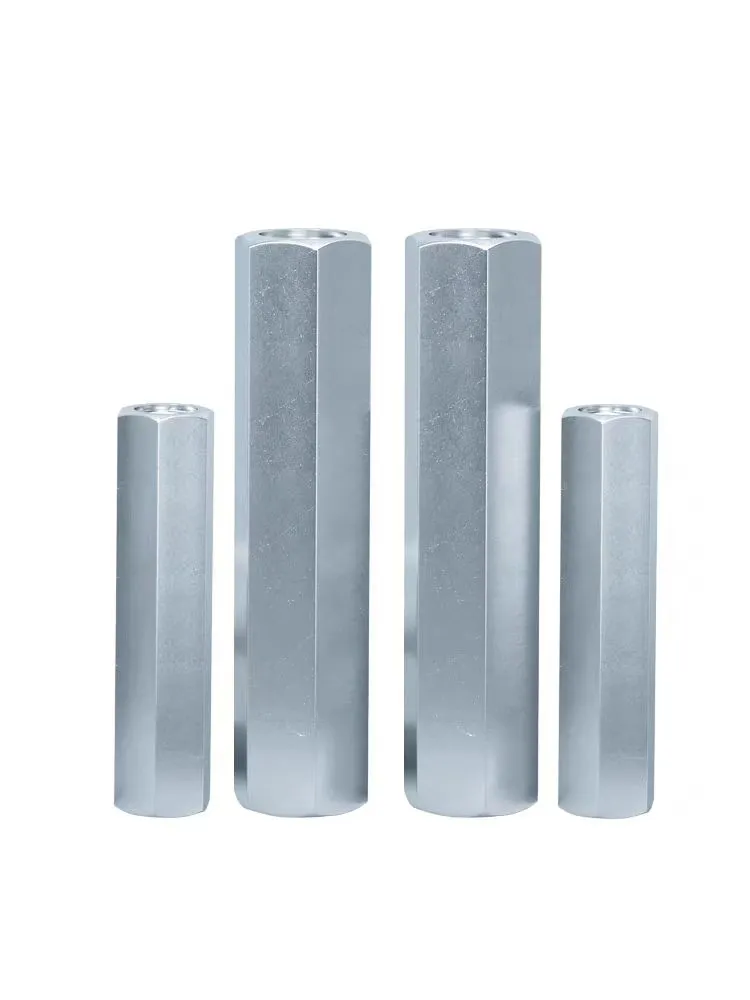

pan head self tapping screw sizes
Dec . 11, 2024 11:55 Back to list
pan head self tapping screw sizes
Understanding Pan Head Self-Tapping Screw Sizes
When it comes to fastening materials in construction, woodworking, or craft projects, choosing the right type of screw is essential for both structural integrity and aesthetic appeal. One of the most commonly used types of screws is the pan head self-tapping screw. This article delves into the intricacies of pan head self-tapping screw sizes, exploring their applications, specifications, and why proper sizing matters.
What is a Pan Head Self-Tapping Screw?
A pan head self-tapping screw is designed with a rounded head that resembles a dome, allowing it to sit flush against the surface of the material being fastened. The self-tapping feature of these screws is particularly advantageous as it allows them to create their own hole in materials such as metal, wood, or plastic without requiring a pre-drilled pilot hole. This not only speeds up the assembly process but also ensures a more secure and tight fit.
Sizes and Measurements
Screw sizes are classified by factors such as diameter, length, thread pitch, and head style. For pan head self-tapping screws, these attributes are crucial in ensuring the right fit for any application.
1. Diameter The diameter of a screw is measured in inches or millimeters, and it typically ranges from 0 to 14 in the American system, or from 2mm to 8mm in the metric system. The diameter impacts the strength and holding power of the screw, thus choosing the appropriate size is crucial based on the material thickness and type.
2. Length Length is measured from the top of the head to the tip of the screw. It is critical to choose a length that penetrates sufficient material without going through or protruding excessively from the other side. For pan head self-tapping screws, lengths can range from 1/4 inch (6 mm) to over 4 inches (100 mm), depending on the application.
pan head self tapping screw sizes

3. Thread Pitch This measurement indicates the distance between the threads and is important for determining how tightly the screw will grip into the material. A finer pitch offers better holding power; however, it requires more revolutions for installation. Most pan head self-tapping screws have coarse threads for faster insertion.
4. Material and Coating The material of the screw influences its strength and resistance to corrosion. Common materials include stainless steel, carbon steel, and zinc-plated steel. Additionally, coatings such as galvanization can enhance the screw's durability, making it suitable for outdoor applications.
Applications of Pan Head Self-Tapping Screws
Pan head self-tapping screws find applications in various industries, including construction, electronics, automotive, and furniture-making. Their ability to tap into materials makes them ideal for metal-to-metal fastening, attaching parts in appliances, and securing components in automotive assemblies. Moreover, these screws can also be found in the production of resilient outdoor furniture where resistance to weather conditions is paramount.
Why Size Matters
Choosing the right size of pan head self-tapping screws is crucial for several reasons. An undersized screw may lead to inadequate fastening and potential structural failure, while an oversized screw can cause material splitting or damage. Proper sizing also ensures that the screw fits snugly in the hole, providing maximum holding strength and reducing the risk of loosening over time.
Conclusion
In summary, pan head self-tapping screws are an essential component in numerous applications, providing a perfect blend of ease of use and strength. Understanding their sizes—diameter, length, thread pitch, and material—enables users to make informed decisions that boost the quality and longevity of their projects. Whether for a DIY home improvement task or professional assembly in industry, selecting the right size of pan head self-tapping screws is a small but significant step that contributes to better results and overall satisfaction in any project. Always remember, the right screw is just as important as the right material, so invest time in making the right choice!
Latest news
-
High-Strength Hot-Dip Galvanized Bolts-Hebei Longze|Corrosion Resistance&High Strength
NewsJul.30,2025
-
Hot Dip Galvanized Bolts-Hebei Longze|Corrosion Resistance&High Strength
NewsJul.30,2025
-
Hot Dip Galvanized Bolts - Hebei Longze | Corrosion Resistance, High Strength
NewsJul.30,2025
-
High-Strength Hot Dip Galvanized Bolts-Hebei Longze|Corrosion Resistance, Grade 8.8
NewsJul.30,2025
-
Hot Dip Galvanized Bolts-Hebei Longze|Corrosion Resistance,High Strength
NewsJul.29,2025
-
High-Strength Hot Dip Galvanized Bolts - Hebei Longze Metal Products Manufacturing Co., Ltd.|corrosion resistance&high strength
NewsJul.29,2025

